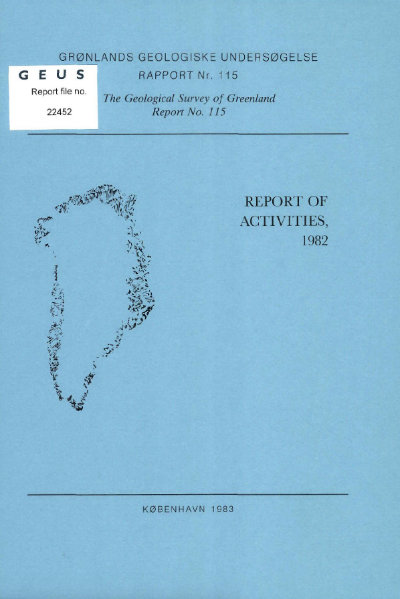Anatectic origin of mid-Proterozoic granite dyke in the Isukasia area, West Greenland Pb-Pb and Rb-Sr isotope evidence
DOI:
https://doi.org/10.34194/rapggu.v115.7828Abstract
It was found some time ago on the evidence of mineral-isotope relations that the early Archaean gneisses of the Godthåbsfjord region in West Greenland were mildly reheated during the mid-Proterozoic at c. 1600-1700 Ma (Pankhurst et al., 1973; Baadsgaard et al., 1976). A Rb-Sr whole-rock isotope study of a fine-grained granitic dyke from the Isukasia area indicated that this dyke was formed 1610 ± 130 Ma ago by anatexis of early Archaean rocks (Kalsbeek et al., 1980). This suggested that temperatures not less than c. 650°C were reached at depth, at least locally, within the Archaean craton during the Proterozoic. We have made a Pb-Pb isotope study of this dyke to check and amplify this conclusion. The field relations, petrology and chemistry of the dyke have been described in the earlier paper.
Downloads
Published
Issue
Section
License
This article is distributed under a CC-BY 4.0 licence, permitting free redistribution and reproduction for any purpose, even commercial, provided proper citation of the original work. Author(s) retain copyright over the article contents.


